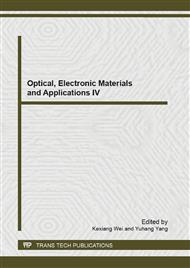p.260
p.265
p.270
p.276
p.282
p.287
p.292
p.296
p.301
Simulation Design of Transformer Differential Protection Based on Mat Lab
Abstract:
The microprocessor-relay protection device has gradually replaced regular simulation relay protection it is also difficult to visually determine protection device malfunction or tripping. Therefore, the use of the Mat lab toolbox to build transformer differential protection simulation model, the simulation results show that two-line ratio brake can correctly identify internal fault current, and rapidly remove fault, and the system also can provide convenient for microprocessor transformer protection.
Info:
Periodical:
Pages:
282-286
Citation:
Online since:
July 2013
Authors:
Keywords:
Price:
Сopyright:
© 2013 Trans Tech Publications Ltd. All Rights Reserved
Share:
Citation:


